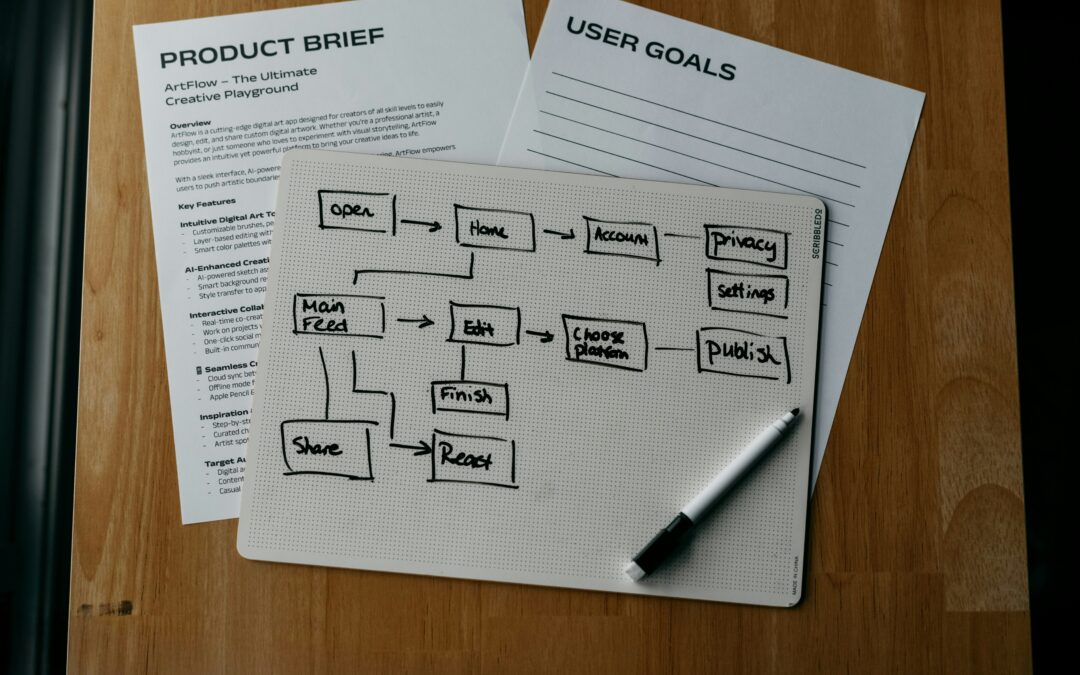This blog post explores how the building industry can learn from music’s effective use of standardized modules, collaborative tools, and workflows, applying similar principles through cloud-based platforms and Construction Assembly Modules to streamline processes, enhance creativity, and improve quality and efficiency in construction.
Music & Building
Music, mathematics, language, computer coding are all highly formulated and structured, yet at the same time, recognized as some of our most creative systems.
I’ve always loved music. I’ve played guitar and piano since I was a little kid. Like many of my peers, there was a period of time in my life when I spent countless hours each week playing and writing music (age 15-25), and a period of time where “real life” just got in the way (age 26-60). Recently, I’ve once again found time to devote to music. In fact, after 15 years of intermittent labor, I finally finished building a music studio in my basement. After soldering on the patch panel cables, I purchased a mixer, some recording software, and a few other accessories. So began my personal adventure of learning how to record and produce songs.
As I dove deeper into recording music, and learned more about the functionality of the current software (in this case, Studio One), it became apparent to me that many of the building challenges for which my team is developing solutions have already been significantly resolved within the world of music. Unlike Building, music has developed effective standards, templates and workflows to streamline the production process and optimize creativity.
Music Standards, Templates & Workflows
The base element in music is the note. To compose music, this core element is assembled into countless modular formats: chords, loops, tracks, filters, musical phrases, verses, choruses and more. The recording and editing software supports the musical production process by providing tools that allow musicians and audio engineers to create, capture, share, edit and combine “modules.” These tools enable the production of high-quality music in an amazingly short period of time and at significantly lower cost. Further, contemporary musicians can use these tools to synchronize their efforts and collaborate nationally and internationally. Although it is not necessary for them to be geographically in the same room to create high quality music, it certainly is a much more fun, lively and energetic experience (for both musicians and listeners) for the performance to be live and and in the same physical space as the audience.
Building Needs to Lean From Music
In contrast, the history (and present) of Building features a vast array of conflicting languages, formats and standards. Data systems are constantly shifting. They shift from project to project, company to company, and even from individual to individual. Often, each project member must redundantly re-enter information, service requirements and workflows into their own unique systems. This lack of systemic continuity gives rise to a vicious cycle in which more and more energy and resources are continually poured into a sinkhole of inefficiency, waste and poor quality.
Although building deals in much more concrete elements and products (pun intended), these same concepts can be applied directly to the entire building process. The building process is notoriously complex and involves many disparate organizations and individuals. In the near future, cloud-based collaborative platforms will provide a similar capability to the building team as the recording studio and associated software/hardware provide to the music team.
The building equivalent of chords will take many shapes: “Construction Assembly Modules” that integrate the systems of multiple disciplines into single, standardized products. Standard structural, mechanical electrical, plumbing, exiting and fire safety solutions will begin to be organized into a building industry equivalent of notes, chords, verses… . These elements will be organized in our BIM software and increasingly be used as the foundational elements of design on high-quality, high performing, Optimized and Hybrid building prototypes.
Just as in music, over time this building collaborative environment, if properly used and respected, will reduce building costs and schedules. At the same time, it will provide the opportunity for Building professionals to learn how to greatly improve creativity, quality and overall performance.
